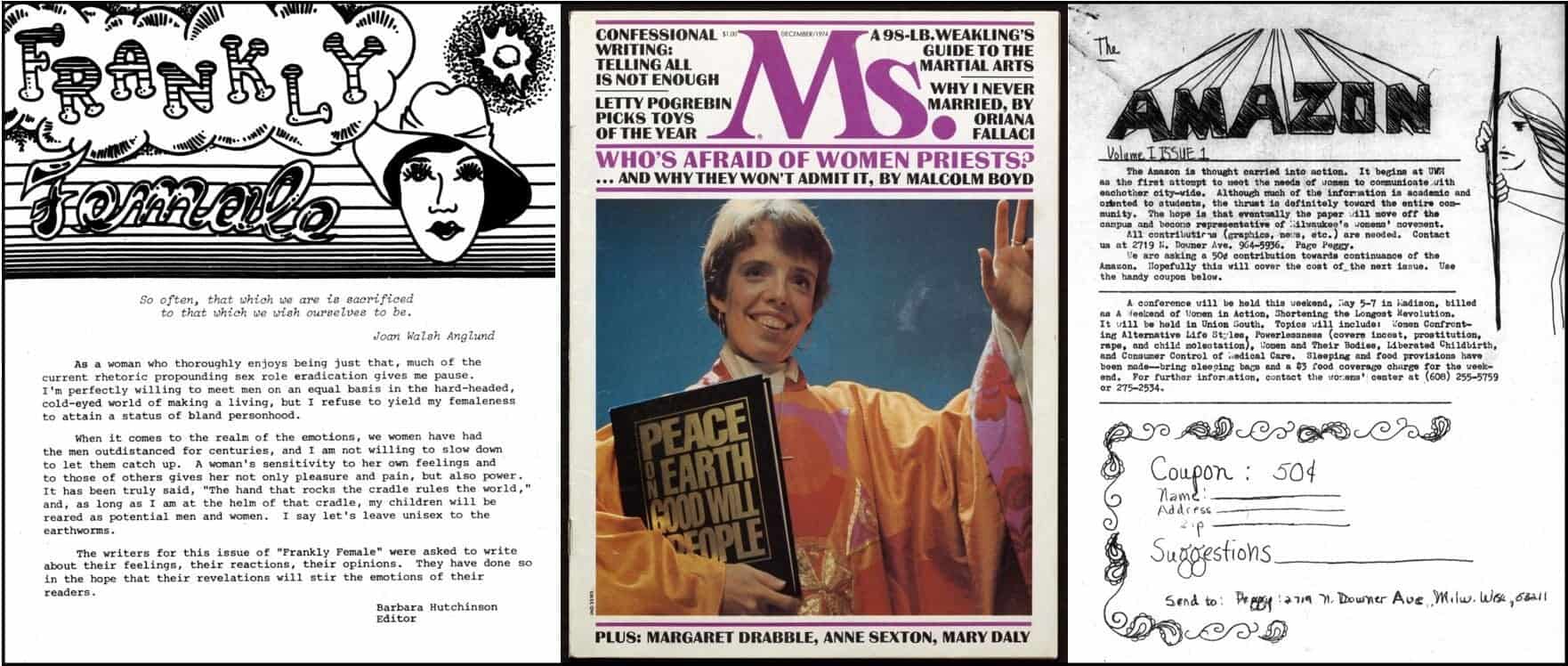│By Rhiannon Green, Gale Ambassador at the University of Durham│
As a university student myself, I know first-hand how important it is to read critically when writing academic essays. One reason we must read critically is because academic articles are constructed from both fact and opinion, and it is necessary to differentiate between the two when using them in our own arguments. This is especially true for articles within the discipline of History which are frequently written with more than one agenda in mind; whilst they do seek to inform the reader on a particular historical topic, and include historical information to this end, it is often used in a way that presents and defends the author’s own opinion on that particular topic. Debates around women’s rights, for example, have seen academics use various arguments and angles over the years, and whilst there are undoubtedly “facts” which are relevant to the debate, historians have often used the facts to present their own angle or argument. In this blog post I will use the resources in Gale OneFile – a component of Gale Reference Complete and home to a vast array of academic articles – to demonstrate the importance of disentangling fact and opinion in academia.



